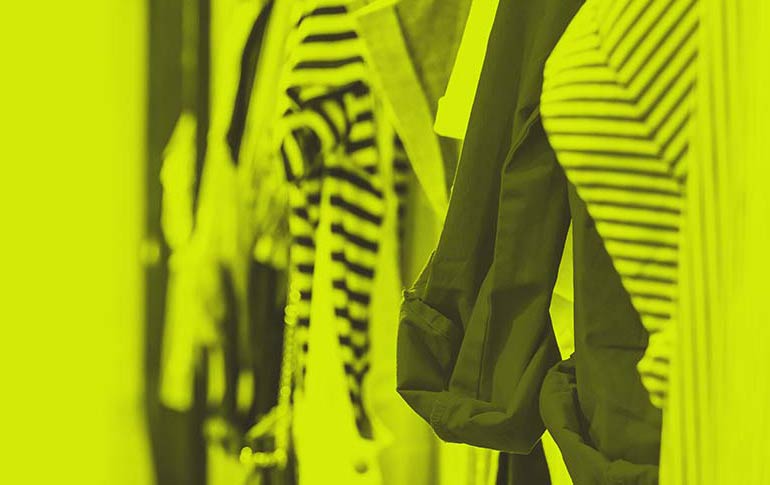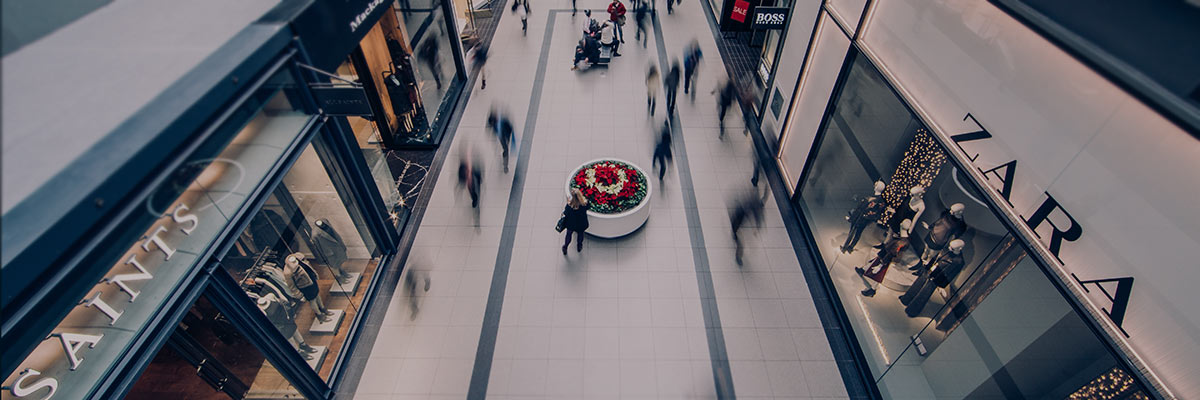
RFID
In order to reduce shrinkage and drive increased sales, more retailers than ever are looking at RFID business solutions.
RFID (Radio Frequency Identification) refers to technology whereby products are tagged with a RFID label to be captured by a reader through radio waves and frequencies. For retail and fashion businesses, this could allow you to track inventory in a warehouse or identify products in store.
Enquire Now
Get A Quote Now
RFID technology: the future of retail
RFID is similar to barcoding in that data from a tag or label are captured by a device that stores the data in a database. RFID, however, has several advantages over systems that use barcode asset tracking software. The most notable is that RFID tag data can be read outside the line-of-sight, whereas barcodes must be aligned with an optical scanner.
RFID takes auto-ID technology to the next level by allowing tags to be read without line of sight. Depending on the type of RFID in place, readers have a range between a few centimetres to over 20+ metres.

The benefits of RFID in retail
RFID systems have a lot to offer retailers. By automating processes, there is less need for human resources, which eradicates any potential human errors along the product journey. There are of course other benefits for retailers to optimise their business using RFID technology.
Improvements to the store level inventory process and data
Standard retail inventory processing is very manual and time-consuming. RFID can transform the in-store inventory accuracy upwards of 98%. Historical data shows that a 10-15% improvement in in-store inventory accuracy, can result in a 5-10% increase in sales.
Because RFID antennas and wands do not require line of sight to scan RFID tags, shipments to the store, cycle counts and finding products can be done a lot faster and with greater accuracy.
Greater product visibility and tracking
RFID dramatically increases the general visibility of products, helping shop floor staff to restock in real-time and reduce less ‘Out of Stock’ situations. Using this data, you can begin to see patterns of how products move through a store, helping retailers to make adjustments to the in-store experience to improve sales.
Using RFID movement tracking and sales data, retailers will be able to systematically determine which exact products were stolen, at what exact time as well as how the perpetrator existed the store.
More control over the supply chain process
Product tagging not only helps within the retail environment, but also in the supply chain process. Retailers can determine exactly where goods are in individual pallets and containers, giving greater control and management over the supply chain.
Retailers can also use readers installed at the entrance and exit of their warehouse to read tags on shipped items and delivery vehicles.
Improve the sale process and customer experience
RFID can speed up and potentially eliminate the traditional checkout process altogether. Items could pass on a conveyor through scanners that read on-the-fly rather than individual bar code scans, with the customer just paying at the end by swiping their card or mobile phone.
RFID is integral for customers looking to buy online, pick up in-store. Without accurate, real-time inventory counts, a retailer could be selling an item for pickup that doesn’t actually exist in the store.
Got a project in mind?
We're ready to help you
Whether you’re a leading fashion house, a high street retailer or an exciting start up, our expert team are ready to help turn your vision into reality.
Get in touch